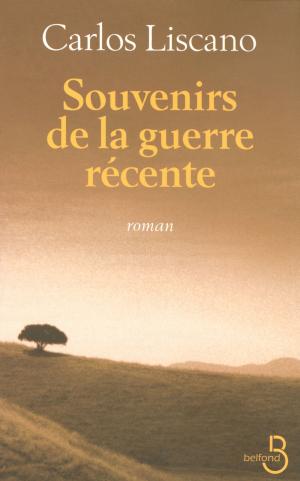The Mystery of Woolley Mountain
Comics & Graphic Novels, Science Fiction, Science Fiction & Fantasy, Fiction & Literature| Author: | The Helmholtz Resonators, Ed Harding | ISBN: | 9780992650834 |
| Publisher: | Proving House | Publication: | February 3, 2015 |
| Imprint: | Language: | English |
| Author: | The Helmholtz Resonators, Ed Harding |
| ISBN: | 9780992650834 |
| Publisher: | Proving House |
| Publication: | February 3, 2015 |
| Imprint: | |
| Language: | English |
The Helmholtz Resonators are back and disrupting the space-time continuum, bringing a brand new format for experiencing music back with them from the future. It exists solely in their interactive album, The Mystery Of Wooley Mountain.
Time travel can play havoc with physical and digital matter, and The Mystery Of Wooley Mountain was created practically by accident. Originally planned as a 70s prog style LP, complete with cardboard gatefold with movable panels, something happened on their last jaunt through time. Their laptop, placed dangerously close to the first pressing of the record (sadly now lost forever in the ether) fused digital audio files, physical album artwork and the band’s travel journal into one single file.
Where once was Vinyl, WAV, and ePub there was now only ePub, but it appeared to be exponentially larger than the origin file. They gathered around the inviting glow of the laptop screen, and gingerly opened the file.
Pictures, once static, had now become fluid at the press of a finger. Music played inside every chapter, the table of contents was fully interactive and now there was an extra chapter - the jukebox, allowing them to play through the album at their leisure without reading the book. They had created something extraordinary, and they could not wait to share their discovery with the world.
The Helmholtz Resonators are a renegade group of psychedelic time travelling audio scientists who have been playing and writing music together since the turn of the century. They studied acoustic science and the work of Hermann Von Helmholtz, being particularly inspired by his book On the Wires of our Nerves. Heavily inspired by the ethos behind concept albums, the band have created a repertoire of songs that are as eccentric as their image, touching on influences as diverse as The Residents and The Kinks to LCD Soundsystem and Hieronymous Bosch.
The Helmholtz Resonators are back and disrupting the space-time continuum, bringing a brand new format for experiencing music back with them from the future. It exists solely in their interactive album, The Mystery Of Wooley Mountain.
Time travel can play havoc with physical and digital matter, and The Mystery Of Wooley Mountain was created practically by accident. Originally planned as a 70s prog style LP, complete with cardboard gatefold with movable panels, something happened on their last jaunt through time. Their laptop, placed dangerously close to the first pressing of the record (sadly now lost forever in the ether) fused digital audio files, physical album artwork and the band’s travel journal into one single file.
Where once was Vinyl, WAV, and ePub there was now only ePub, but it appeared to be exponentially larger than the origin file. They gathered around the inviting glow of the laptop screen, and gingerly opened the file.
Pictures, once static, had now become fluid at the press of a finger. Music played inside every chapter, the table of contents was fully interactive and now there was an extra chapter - the jukebox, allowing them to play through the album at their leisure without reading the book. They had created something extraordinary, and they could not wait to share their discovery with the world.
The Helmholtz Resonators are a renegade group of psychedelic time travelling audio scientists who have been playing and writing music together since the turn of the century. They studied acoustic science and the work of Hermann Von Helmholtz, being particularly inspired by his book On the Wires of our Nerves. Heavily inspired by the ethos behind concept albums, the band have created a repertoire of songs that are as eccentric as their image, touching on influences as diverse as The Residents and The Kinks to LCD Soundsystem and Hieronymous Bosch.
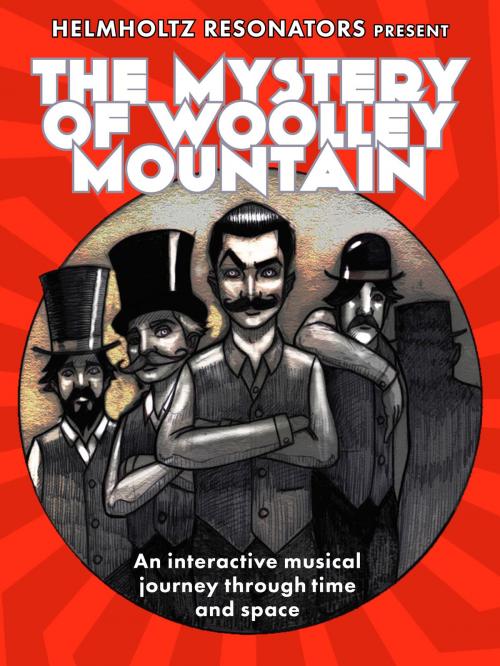




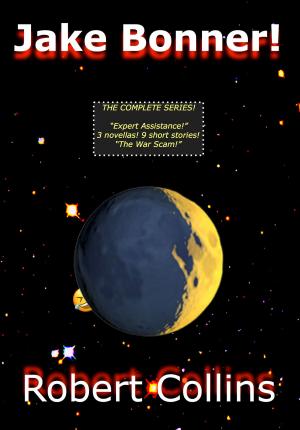
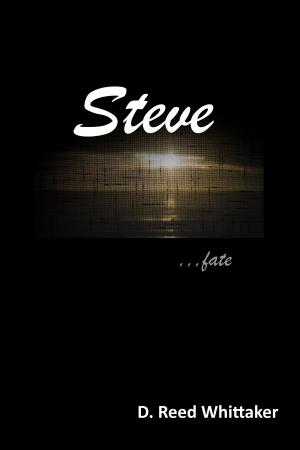


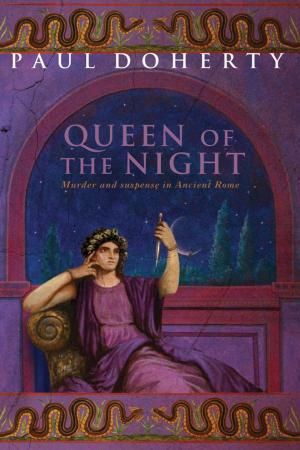


![Cover of the book Das große Fabel-Buch - Die schönsten Fabeln und Tiergeschichten wie aus dem Märchen [Illustrierte Ausgabe] by The Helmholtz Resonators, Ed Harding](https://www.kuoky.com/images/2016/march/300x300/9788892564350-SDNp_300x.jpg)

